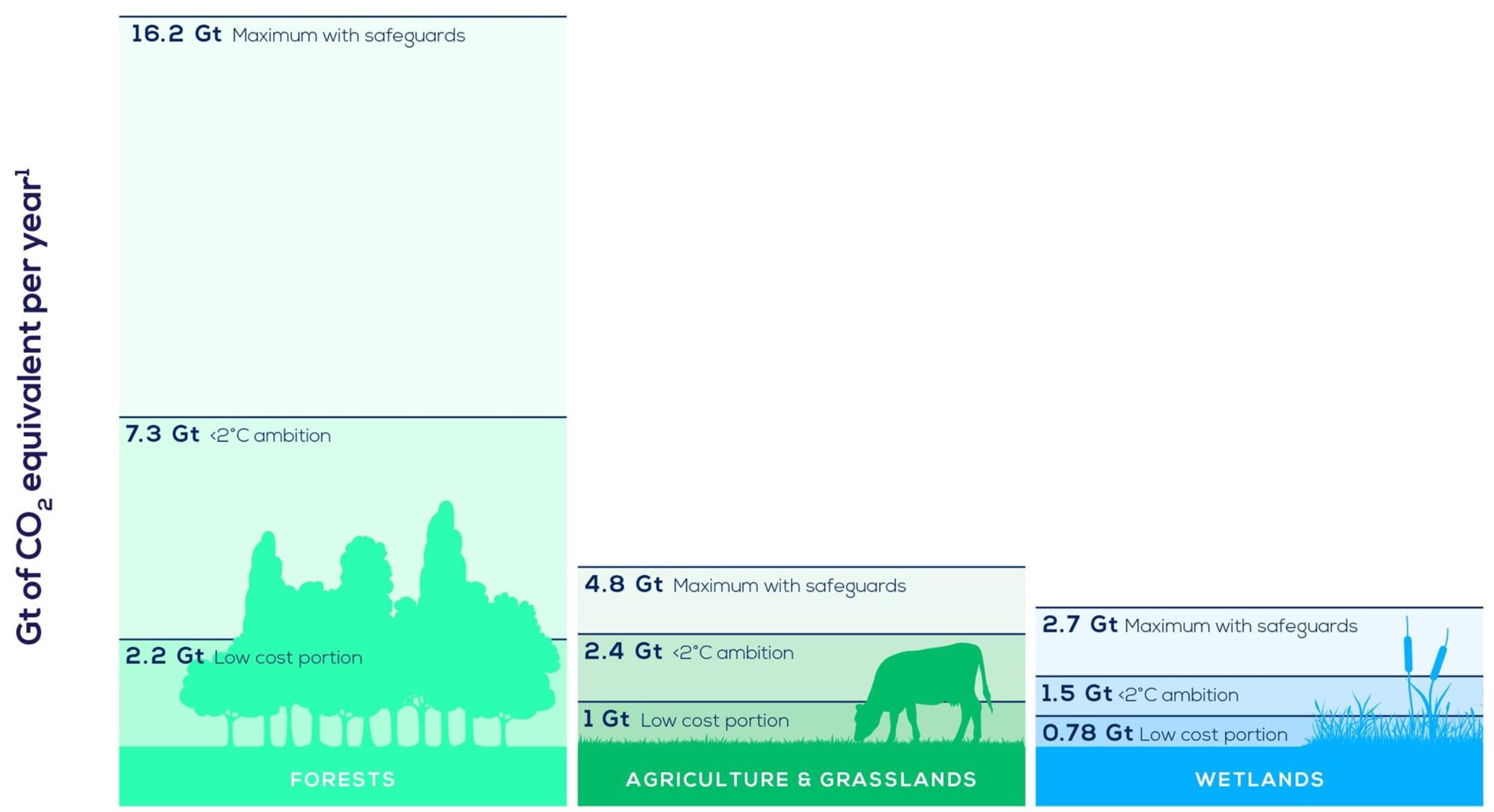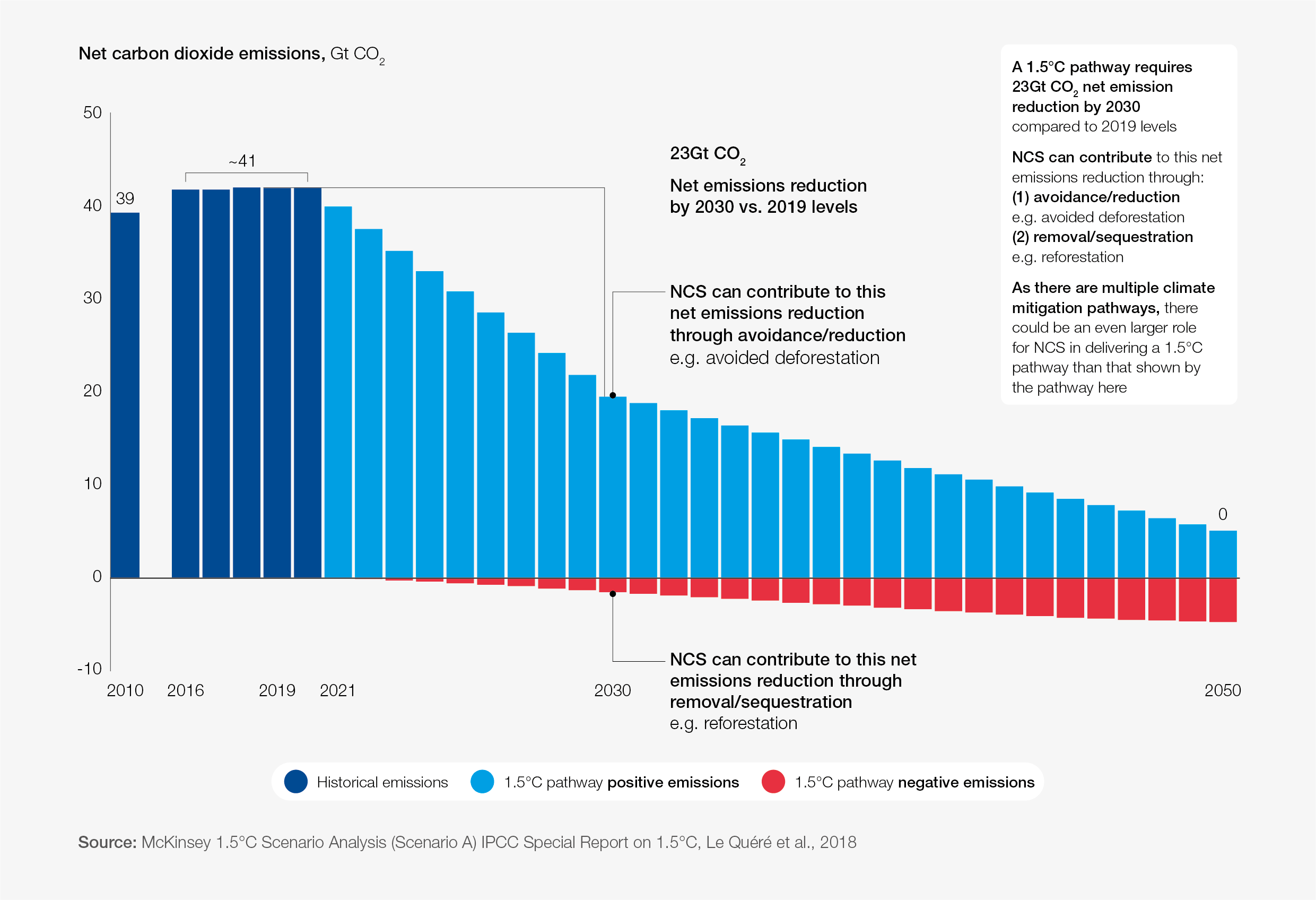Climate adaptation finance: The challenge for institutional investors and commercial banks
Adaptation finance is needed to help the world adapt to climate change.
Image: Dibakar Roy/Unsplash
Stay up to date:
Development Finance
- There is a significant gap between the amount of climate adaptation finance available and what is needed; finance for adaptation purposes must increase fourfold.
- Although growing in real terms, adaptation finance has fallen as a percentage of total sustainable finance and the sums provided by the private sector are modest.
- There are barriers to increasing private finance, but, if overcome, there is tremendous potential with the right tools and financial products, such as debt-for-impact swaps and blended finance.
Climate change adaptation is a critical but underfunded element of the Paris Agreement goals. Currently, most adaptation finance comes from the public sector – a stark contrast to the sums provided by institutional investors and commercial banks for adaptation that make up reportedly less than 3%.
The amount of finance needed is substantial and the gap between what is available and what is required presents a huge opportunity for institutional investors and commercial banks. Moreover, according to the Global Center on Adaptation and the Climate Policy Initiative, despite the growth in climate adaptation finance, it has fallen as a percentage of overall climate finance. It also reports that developing countries need climate adaptation finance flows to increase fourfold. Similarly, the UN Environment Programme estimates a gap for developing countries of $187 - $359 billion per year this decade.
There is, therefore, tremendous scope to scale up the role of the private sector and mobilizing private finance for adaptation continues to be a focus at COP29.
What is adaptation finance?
Adaptation finance refers to helping people, businesses and countries adapt to the impact of climate change. Building in climate resilience is closely related to adaptation. Adaptation seeks to reduce the risks posed by climate change while seeking to best position infrastructure and systems for the future. Examples of adaptation projects include relocating infrastructure from areas likely to be flooded; in agriculture, providing drought-resistant seeds; and improving water management in areas prone to drought. The EU Taxonomy Regulation's six environmental objectives incorporate climate change adaptation and, under its technical screening criteria, certain economic activities may qualify as contributing substantially to climate change adaptation (e.g., the installation, etc., of renewable energy technologies).
What is the World Economic Forum doing on natural climate solutions?
Barriers to the private sector
There are various barriers to private finance, however:
1. A lack of common market language, standard definitions and a classification framework, as explained in industry reports. In comparison to transition finance, which now has structures in place to identify activities and help inform decision-making, the world of adaptation finance is more nascent. There are no adaptation equivalents of green loan principles, although these can be applied in a modified form. The EU Taxonomy Regulation does provide a classification framework, so to the extent the conditions are met, adaptation finance can be deemed 'green', allowing e.g., the use of an EU Green Bond.
2. There is a lack of detailed information on climate risk relevant to specific projects that can obscure its environmental benefits.
3. These challenges are compounded by difficulties around the disclosure and sharing of information. They derive variously from client confidentiality, commercial sensitivity and data protection. All this is important as the market, whether borrowers, lenders or advisers, needs to be comfortable with financing risk and with due diligence.
4. Another issue arises from relatively long timelines as institutional investors and commercial banks need to see a return within a reasonable timescale. Therefore, while any transaction must satisfy adaptation criteria, commercial entities need to see that it makes sense in balance sheet terms.
5. All this can make it difficult to properly price and calculate risk and return. Actual monetary revenue can be modest; sometimes much of the value derives from the benefit of avoiding the effects of climate change.
Bridging the gap
To address the barriers to closing the finance gap – some more perceived than actual – a range of measures is necessary, from greater support from governments, use of standardized approaches, to more disclosure and reporting of information relevant to financing projects. A better understanding of the opportunities and the potential to achieve a commercial return is, of course, fundamental. As the market develops and more information is available, this should drive better pricing of transactions.
Two promising funding methods to address these barriers and reduce the finance gap are:
1. Debt-for-impact swaps
Under a debt-for-impact swap, a sovereign debtor whose debt is trading at a discount repays existing debt via an issuance at or near par of a lower face amount and directs a percentage of the savings to finance local climate adaptation projects. A good example is the debt-for-nature finance swap by Ecuador in 2023, the largest in value to date. Ecuador's existing sovereign bonds with a face value of over $1.6 billion were exchanged for a $656 million loan funded from the proceeds of a marine conservation-linked bond. Crucially, the new bonds benefitted from political risk insurance and a development bank guarantee, meaning they were issued at more favourable terms than the existing Ecuador bonds, which traded at a substantial discount.
In return, Ecuador agreed to spend more than $300 million of its 'savings' on marine conservation around the Galápagos Islands, a national park and marine reserve. This is now a tried and tested model, but it currently depends on credit support provided by multilateral banks and development finance institutions, which have limited capacity. As the market develops, private finance must step into these roles, providing insurance and guarantees, thereby ramping up the potential number of transactions. By imaginative debt management for impaired sovereigns, governments can allocate proceeds that would otherwise go to creditors to impactful projects, such as adaptation (as well as obtaining fiscal space for their budgets).
2. Public/private partnerships
Under the auspices of the UN, an international partnership of development finance institutions, ARIC, is working to scale up private investment. It is looking to build expertise, develop pipelines of bankable investments and support early-stage ventures.
One specific tool is blended finance that "combines concessional public finance with non-concessional private finance and expertise from the public and private sector," (UN, 2015). By reducing investment risk and through incentivization, it could unlock private finance's collaboration with a wide range of partners to invest in adaptation projects, especially when the return on investment would be otherwise inadequate.
The future
The key is to find the political will to allocate resources – both financial and nonfinancial – to climate change and adaptation. Resources are scarce and the geopolitical landscape is uncertain. While the serious impacts have yet to be felt, time is of the essence to close the gap.
James Tanner, Partner, Structured Capital Markets; Eva-Maria Segur Cabanac, Partner, Corporate, FI Sustainability Lead; Andrew Hedges, Partner, Chair of Global Climate Change Practice; Richard Powell, Lead Knowledge Lawyer, Financial Institutions; and, Sylvia Mak, Senior Knowledge Lawyer, Energy & Infrastructure, all at Baker McKenzie, also contributed to this article.
Accept our marketing cookies to access this content.
These cookies are currently disabled in your browser.
Don't miss any update on this topic
Create a free account and access your personalized content collection with our latest publications and analyses.
License and Republishing
World Economic Forum articles may be republished in accordance with the Creative Commons Attribution-NonCommercial-NoDerivatives 4.0 International Public License, and in accordance with our Terms of Use.
The views expressed in this article are those of the author alone and not the World Economic Forum.
Forum Stories newsletter
Bringing you weekly curated insights and analysis on the global issues that matter.
More on Climate ActionSee all
Wen Shugang
June 24, 2025
Liviana Zorzi
June 23, 2025
Bronson Griscom and Susan Cook-Patton
June 23, 2025
Sebastian Buckup
June 23, 2025







